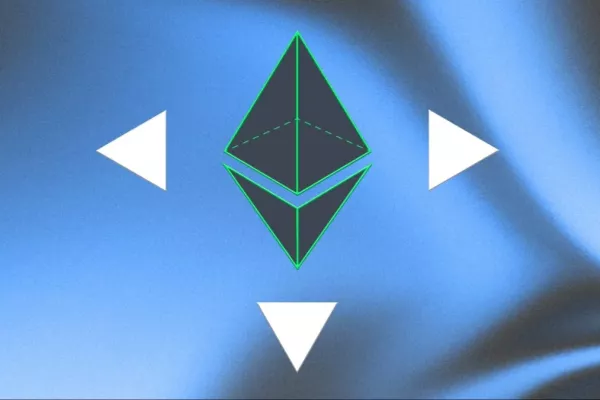The total value locked in liquid restaking tokens now exceeds $3.5 billion. ---
Liquid restaking protocols surge past $3.5 billion in total value locked ***

Wollito Admin
Tuesday 20th of February 2024 03:30:00 PM 3 min readTags :
Crypto INVESTOR TOKENS EXCHANGE Security Blockchain Ethereum MARKETS Crypto Market Analysis financeThe total value locked in liquid restaking protocols has surpassed $3.5 billion, indicating the niche’s growing interest among Ethereum investors.
Protocols such as Etherfi, Renzo, Kelp, Puffer and others have seen an increase in deposits over the last month. This increase is due to users opting to utilize EigenLayer through these platforms, which allows them to maintain access to their funds.
Etherfi has the highest TVL among these LRTs, exceeding $1.3 billion. Kelp has over $460 million in user deposits, while Renzo has a TVL of $346 million.
Puffer, the latest addition to the LRT landscape, recently saw a rapid increase in deposits, reaching the billion-dollar mark shortly after its launch. Other smaller LRT protocols include Bedrock with a TVL of $89 million, Swell at $66 million, Prime at $29 million and ClayStack at $6.8 million.
Liquid restaking allows liquid-staking token holders to stake their tokens on EigenLayer, thereby contributing to its economic security. This is distinct from traditional liquid staking, which involves staking assets through a staking service provider and receiving receipt tokens in return.
EigenLayer’s contribution to the growth in TVL of these protocols is noteworthy. It lets users deposit and “restake” ether from various liquid staking tokens.
EigenLayer restaking allows Ethereum validators to use their ether stakes to secure other protocols. The objective is to use these funds to enhance the security of third-party networks. The total value locked in EigenLayer now exceeds $7 billion.
While the restaking period for deposits on EigenLayer through liquid staking tokens was temporarily opened recently, it has now closed. This is where LRTs come in — offering users a method for depositing funds on Eigen when caps are largely reached. This is because "native restaking," which is done directly on EigenLayer from ether validator stakes, remains without a cap.
As a result, LRT protocols — such as EtherFi, Renzo and Kelp — continue to accept ether deposits, restake these on behalf of users and return a derivative token along with a commitment to distribute points received from Eigen.
Aiming for rewards
Users of EigenLayer earn points for their ether deposits, which potentially increases their odds of receiving a token from EigenLayer. Now, many users are depositing on Eigen (via LRTs), eyeing rewards from the LRTs themselves and seeking two airdrops in the process. “The potential for retroactive airdrops from LRT protocols makes them appealing with little additional economic risks,” Eden Au, research director at The Block, noted.
These protocols offer additional rewards by issuing two sets of points — one from Eigen and another from the protocol itself. For example, by restaking an LST such as stETH on Kelp, users accumulate points from both EigenLayer and KelpDAO, potentially increasing their chances of earning rewards from both protocols.
Comments

Trade cryptocurrency with ease and enjoy low trading fees!
Quickly and easily trade cryptocurrency at Wollito.com

Find your answers instantly in our Support Center
Taking good care of our customers is our top priority. Wollito Customer Support is here to pro...

Wollito NFT - Coming Soon
List your NFT for FREE with Wollito NFT's.



